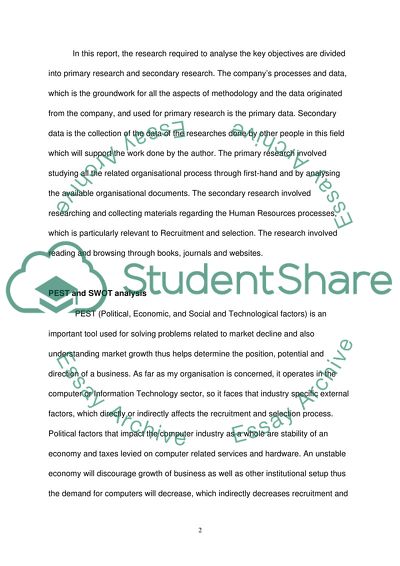Cite this document
(Optimal Recruitment and Selection Process Research Proposal - 1, n.d.)
Optimal Recruitment and Selection Process Research Proposal - 1. Retrieved from https://studentshare.org/human-resources/1736241-you-are-required-to-assess-the-theories-and-practices-that-should-inform-your-organisation-of-good-practice-in-either-i-recruitment-and-selection-in-your-organisation-from-the-perspective-of-management-managers-and-employees-compared-with-other
Optimal Recruitment and Selection Process Research Proposal - 1. Retrieved from https://studentshare.org/human-resources/1736241-you-are-required-to-assess-the-theories-and-practices-that-should-inform-your-organisation-of-good-practice-in-either-i-recruitment-and-selection-in-your-organisation-from-the-perspective-of-management-managers-and-employees-compared-with-other
(Optimal Recruitment and Selection Process Research Proposal - 1)
Optimal Recruitment and Selection Process Research Proposal - 1. https://studentshare.org/human-resources/1736241-you-are-required-to-assess-the-theories-and-practices-that-should-inform-your-organisation-of-good-practice-in-either-i-recruitment-and-selection-in-your-organisation-from-the-perspective-of-management-managers-and-employees-compared-with-other.
Optimal Recruitment and Selection Process Research Proposal - 1. https://studentshare.org/human-resources/1736241-you-are-required-to-assess-the-theories-and-practices-that-should-inform-your-organisation-of-good-practice-in-either-i-recruitment-and-selection-in-your-organisation-from-the-perspective-of-management-managers-and-employees-compared-with-other.
“Optimal Recruitment and Selection Process Research Proposal - 1”, n.d. https://studentshare.org/human-resources/1736241-you-are-required-to-assess-the-theories-and-practices-that-should-inform-your-organisation-of-good-practice-in-either-i-recruitment-and-selection-in-your-organisation-from-the-perspective-of-management-managers-and-employees-compared-with-other.


